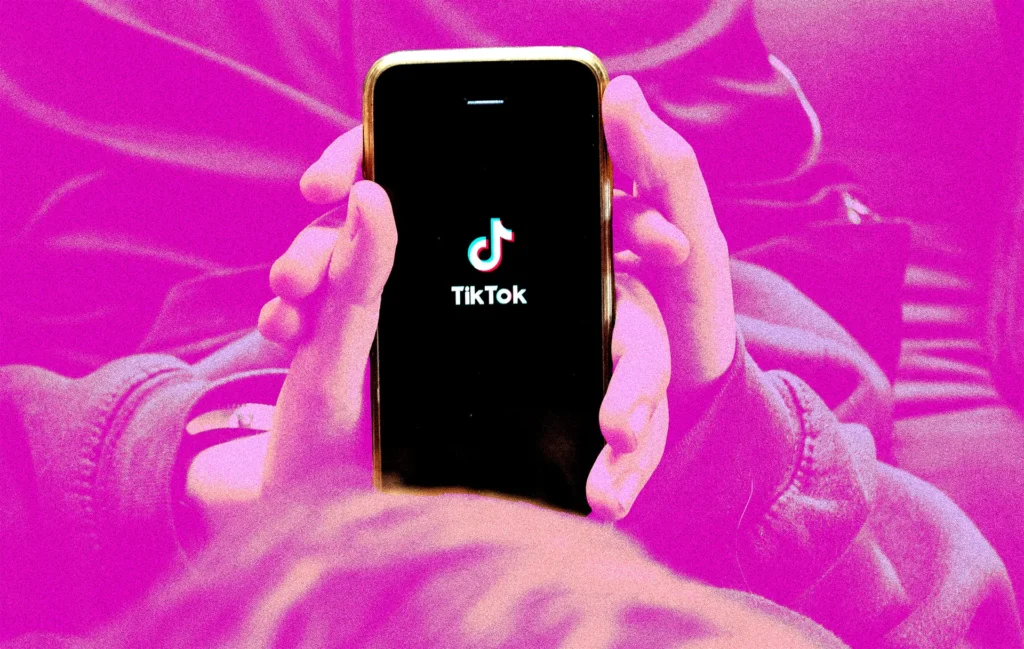In today’s digital landscape, businesses are constantly seeking new ways to engage with their target audience and make their brand stand out from the competition. One such strategy that has gained momentum in recent years is the use of micro-influencers. These individuals possess a smaller, yet highly engaged following and are seen as more relatable and authentic compared to their celebrity counterparts. This article explores the growing influence of micro-influencers, the advantages of working with them, and how businesses can effectively leverage their niche audiences for brand success.
1. The Rise of Micro-Influencers
While influencers with millions of followers often dominate headlines, micro-influencers have steadily been carving out their own space in the digital marketing world. Typically defined as individuals with 10,000 to 100,000 followers on social media platforms, micro-influencers have become increasingly attractive to businesses due to their high engagement rates and authentic connections with their followers. Their smaller, niche audiences often view them as more trustworthy and relatable, making them a valuable asset for brand promotion.
2. Advantages of Partnering with Micro-Influencers
Authenticity and Trust: Micro-influencers have a more personal connection with their followers, which translates into trust and authenticity. Their recommendations often hold more weight with their audience, leading to higher conversion rates and increased brand loyalty.
High Engagement Rates: Micro-influencers typically have higher engagement rates compared to mega-influencers, as their followers are more likely to interact with their content. This higher level of interaction can be beneficial for brand exposure and awareness.
Cost-Effective: Collaborating with micro-influencers can be more budget-friendly than partnering with high-profile celebrities, making it a cost-effective option for businesses with limited marketing budgets.
Niche Targeting: Micro-influencers often have a specific area of expertise, allowing brands to target niche audiences more effectively. This precise targeting can result in higher-quality leads and improved return on investment (ROI).
3. Leveraging Micro-Influencers for Brand Success
Set Clear Goals and Expectations: Begin by defining your campaign objectives, such as increasing brand awareness, generating leads, or driving sales. Communicate your expectations clearly with the micro-influencer to ensure a successful partnership.
Choose the Right Micro-Influencer: Identify micro-influencers whose values, interests, and audience demographics align with your brand. Ensure that their content is consistent with your brand message and will resonate with your target audience.
Foster Long-Term Relationships: Instead of treating micro-influencers as one-time partners, consider building long-term relationships with them. This can lead to more authentic endorsements and a stronger connection between the influencer and your brand.
Track and Measure Performance: Implement tools and metrics to track the performance of your micro-influencer campaigns. Analyze the data to understand the effectiveness of your partnership and make informed decisions about future collaborations.
The growing influence of micro-influencers offers businesses a unique opportunity to reach niche audiences in a more authentic and cost-effective manner. By partnering with the right micro-influencers, setting clear goals, and fostering long-term relationships, businesses can effectively leverage the power of these digital trendsetters to boost brand success and achieve their marketing objectives.





